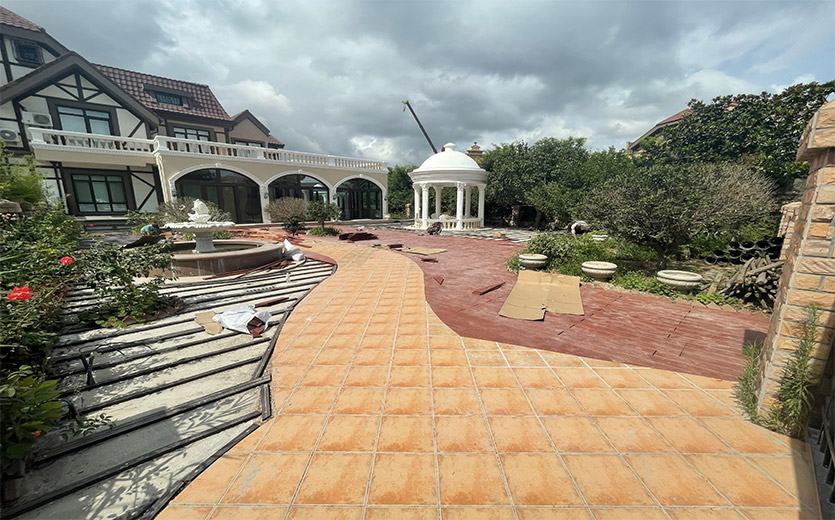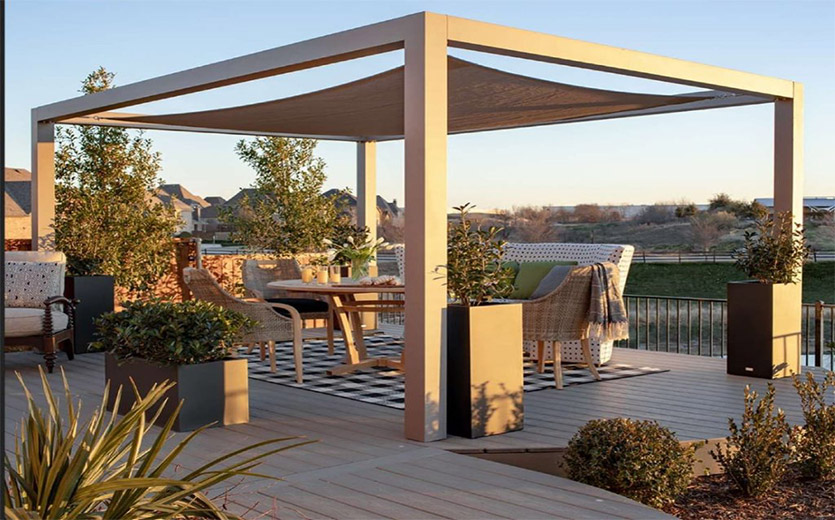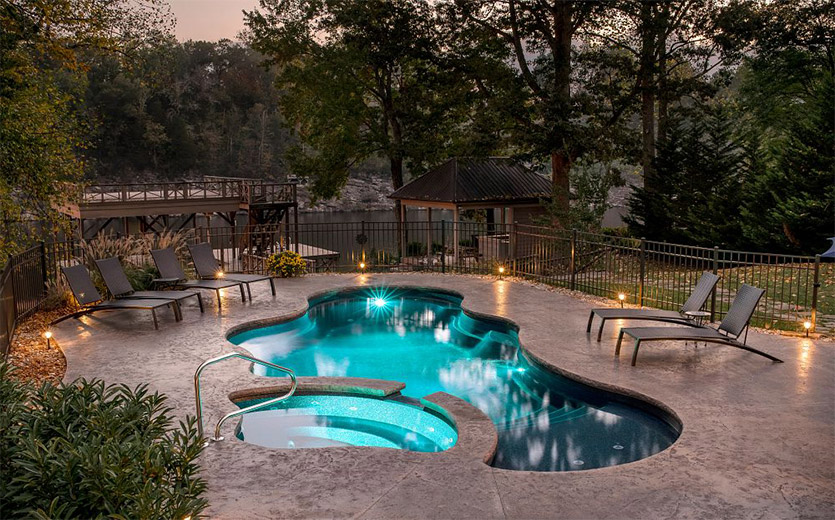
Composite decking offers us a new way of enjoying our outdoor living and is credited for its superior performance to wood. However, there are some people who complain that their composite decking is warping.
Composite material made of high-grade HDPE is usually quite resistant to warping. Well, being resistant to warping doesn’t mean it can’t warp. It’s possible that it warps especially under improper uses.
Today, we are going to tell you why it happens and how to remedy such a situation.
What Causes It to Warp?
Warping is one of the biggest issues of wooden decks and the cause is usually moisture. Unlike wood, composite only contains some amount of wood fiber and thus is quite resistant to moisture, so we can’t blame moisture for that this time. Some factors that might contribute to a warping deck are listed here:
Improper gaping
Thermal expansion is a common phenomenon on almost any object on the earth and not a defect of the product. When the material is heated, it expands; when it’s cooled, it contracts. In areas where large temperature swings are expected, this issue is more prominent.
That’s why we should leave enough expansion gaps between boards. The gaps between boards provide room for natural expansion and contraction, so the boards wouldn’t “crush” into each other as they expand. I’ve seen many cases where composite decking warps because the installer held boards too tight against each other.
Inappropriate joist spacing
Our decking boards are supported by a substructure which is mainly built with joists. Joist spacing refers to the distance between two adjacent joists in the center. The smaller the joist spacing, the better the joists distribute the load and support the decking boards.
We recommend the joist spacing not exceed 14’’ to ensure the integrity of the deck. If you lay the joists too sparsely and the joist spacing is too large to support the decking board properly, the decking may warp due to heavy loads.
Low strength of the material
The point is rather straightforward. The denser the material is, the stronger it will be. In general, composite materials made of high-density polypropylene and hardwood particles are more resistant to warping than those made of softwood and low-quality PVC.
Our composite products are made of poplar particles and high-grade HDPE, so cases, where warping happens due to engineering defects, are extremely scarce.
Some other factors that could also cause warping are extreme weather conditions, violent practices, poor maintenance, etc.
How to Fix It
First of all, you need to identify the warping boards. Count the boards that need replacement and take notes of the depth and length of the boards. The next you need to do is contact us for some replacement boards that match the rest of the deck. Replacing boards isn’t hard work and you can just do it yourself.
However, if you are not confident with your woodworking skills, you may need to contact a contractor for help. Refer to our Decking Board Replacement Instructions for more information.
Now you might get an idea of what went wrong if your decking faced such an issue. We recommend strictly following the installation instructions. It not only helps us prevent warping but also other possible issues.




Post a Comment